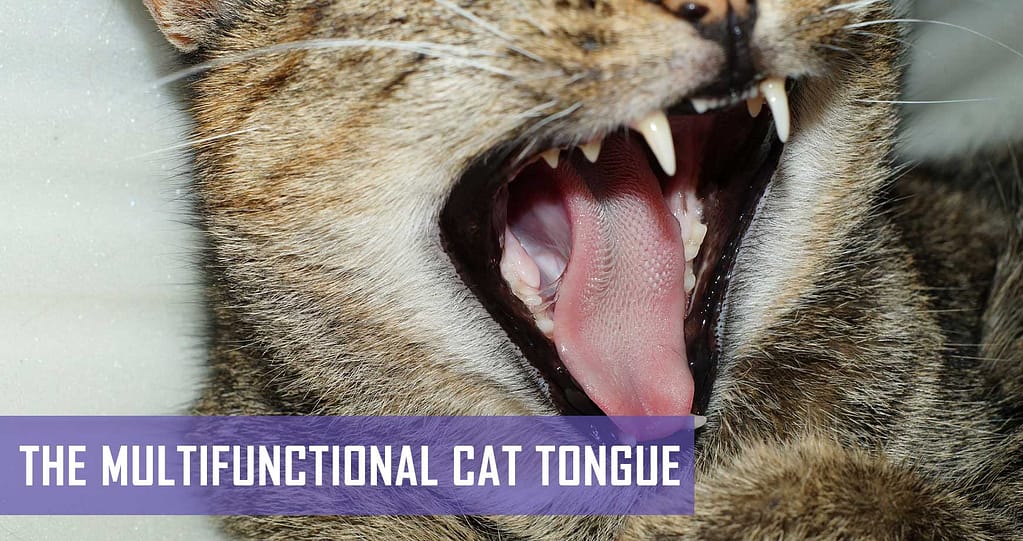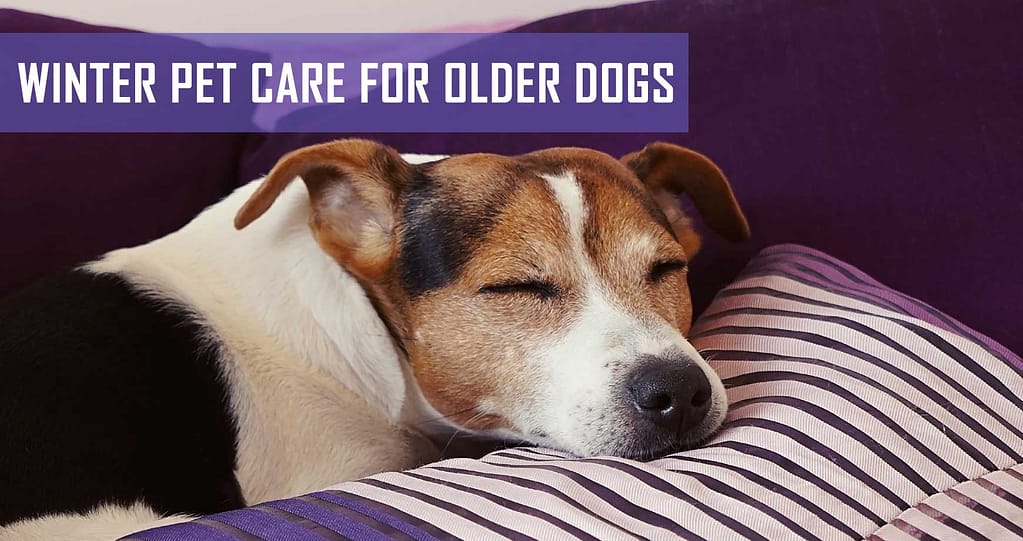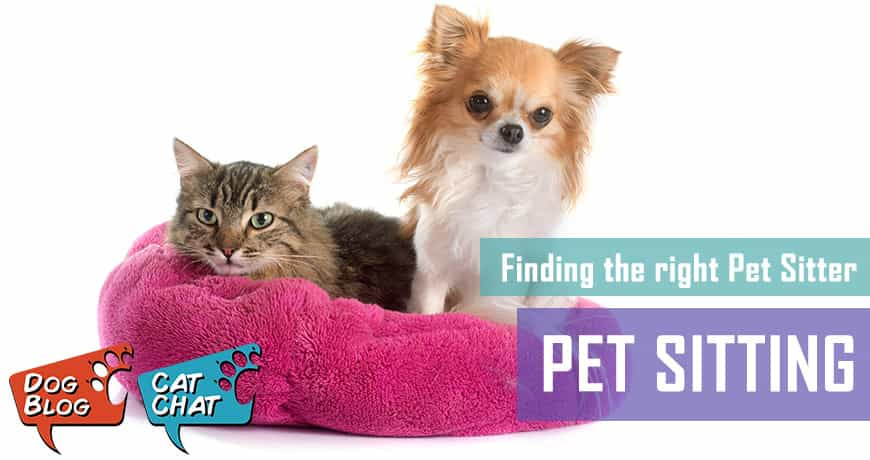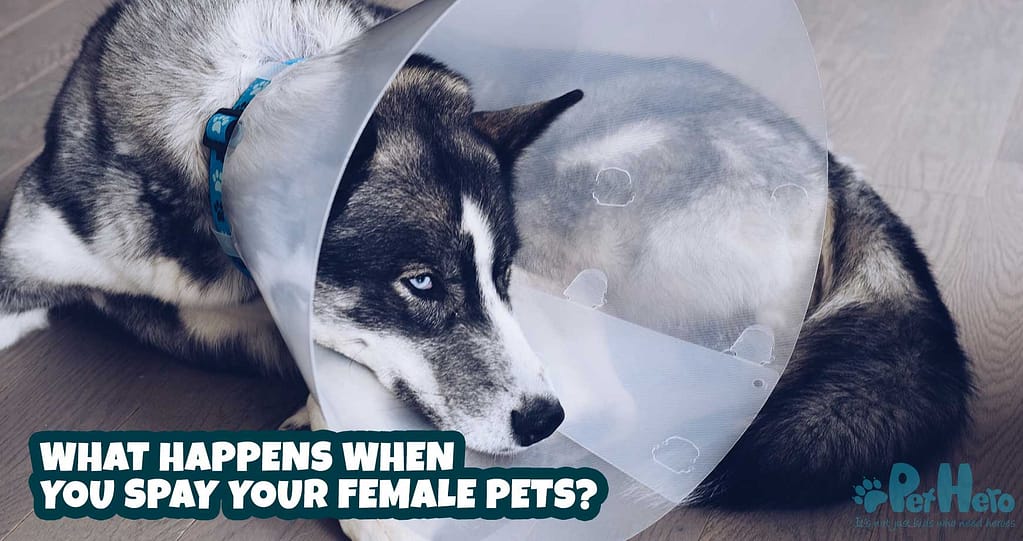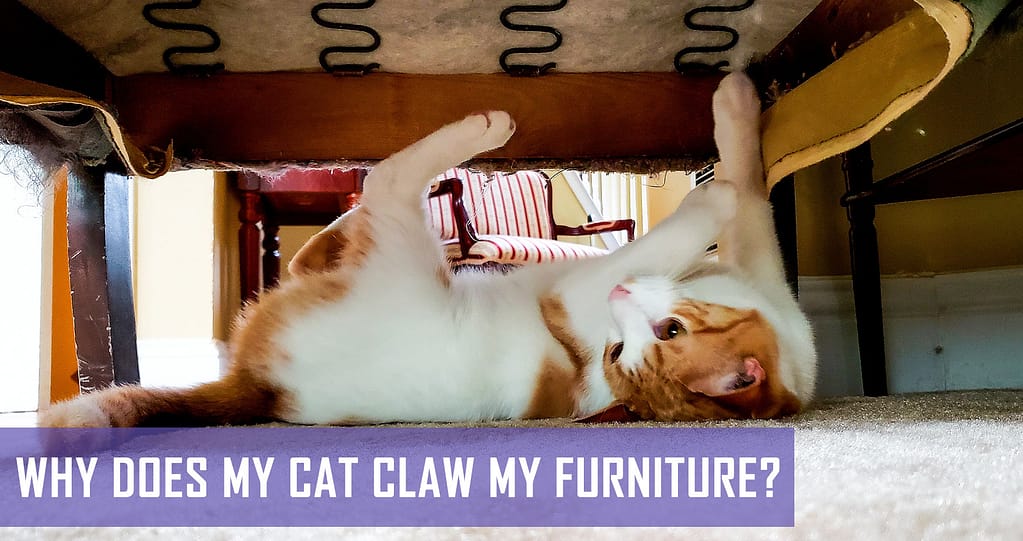Have you ever really… really… looked at your cat’s tongue? We all know what it feels like, which can be described as wet sandpaper or velcro, but if you look at it up close, it actually resembles a tiny forest of backward-facing barbs. This isn’t just an evolutionary fluke that ended up inside little Nibbles’ mouth. Rather, your cat’s tongue is a fascinating and multifunctional tool of surprisingly agile efficiency.
Structure of the cat tongue
In 2018, cat tongues became the study material of bioengineers who were looking for the secrets of feline tongues that made them so effective at cleaning, cooling and hydrating. What they found was that cats had tiny papillae: hook-shaped barbs made of keratin, which gives them that hard, sandpaper feel. The papillae are shaped like tiny scoops, which make them perfect for the functions of the cat’s tongue.
Incidentally, the objective for the bioengineering study was to provide inspiration for a special kind of flexible silicone brush that could easily be used to groom pets, deliver medicated liquids to cats’ skin as well as to more efficiently detangle human hair. Inspired by nature, eh?
Functions of the cat tongue
The fascinating feline tongue has a range of different purposes that help cats to live their best lives:
Grooming
Cats spend up to a quarter of their day grooming: using their tongues to brush their fur, detangle any knotted or matted fur, and lubricate their fur follicles. The evolutionary reason for this meticulous grooming is to remove any traces of dirt and odour that would give away a cat’s position to its prey, or to any predators – lest the cat become prey itself.
Weapon of choice
Speaking of prey, the papillae on a cat’s tongue face backwards into her mouth, which also help to trap any prey and prevent it from escaping.
Helping hydration
If you look at the papillae under a microscope, they have a scoop-like underside, which has a wicking effect, drawing water back into the cat’s mouth when she drinks. Cats don’t scoop up water with their tongues like dogs do – rather, they lift water with the papillae and then suck it back before swallowing. This all happens at high speed: cats can do four licks per second!
Cooling effect
When cats are hot, they use the scooped papillae to deposit saliva on their fur, which then evaporates to cool them down and facilitate perspiration.
Tasting and chewing
Cats have fewer taste receptors than humans do, which is probably why not many cats have a sweet tooth and prefer savoury food. Aside from tasting, the cat’s tongue also helps in the chewing process. Those hard little keratin papillae helped wild cats to strip the meat from the bones of their prey. Domestic cat tongues are more adept at breaking up their food – no need to go all feral and stripping bones now that Nibbles gets her nutrition in a can or pouch[WU1] .
Cat mothering
Cats also use their tongues to do most of their mothering. They lick their kittens to clean them, stimulate their bowels and to show affection. The kittens will one day learn to groom themselves… keeping their tongues strong and useful for generations to come.

